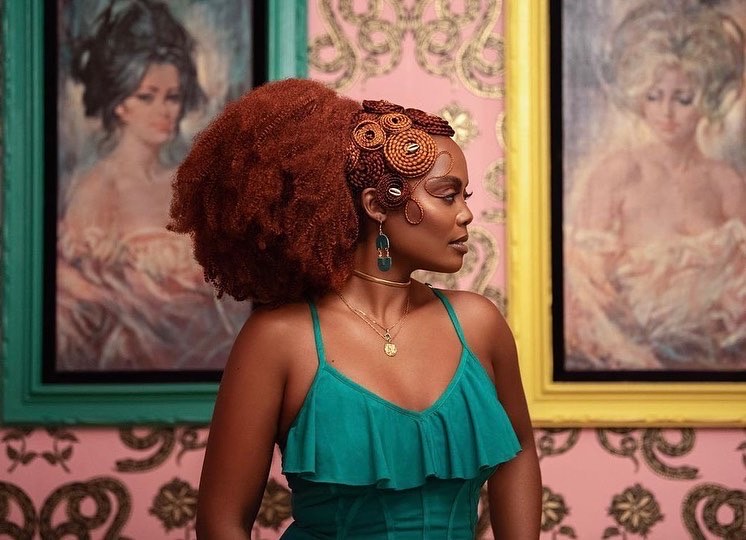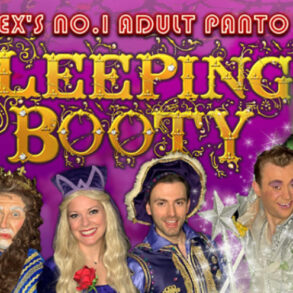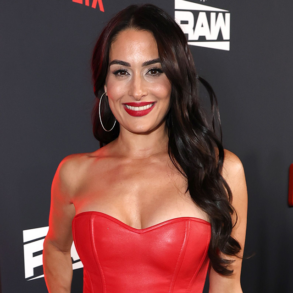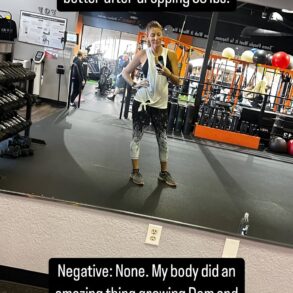
With social media serving as a mood board for naturalistas, the emergence of traditional braiders has been taking over our timelines. You’re missing out on the beautiful tresses if you haven’t seen some styles spiraling around the web (figuratively and literally). The red carpet-worthy styles have taken on names like the “Puffi, Spiral, and Poodle Braids,” but these resurfacing styles are nothing new to different African tribes. “In a beauty supply store, you’ll see crotchet braids/braided wigs—there are so many ways for people to easily do their hair, so the trending styles help African braiders continuously make money,” says hair artist Helena Koudou.
Many are familiar with Cornrows, Senegalese Twists, and Fulani Braids. Still, these reinvented tribal braids have become a favorite among Black women from all over the globe, leaving braiders booked and busy. In a viral Instagram video, natural hair artist Agnes Ashi, who digitally goes by Aggie, helps bring awareness to the names and histories of a few styles that have become popular recently. “These hairstyles have been practiced for centuries, there’s a whole culture, group of people connected; acknowledging them as we recreate these hairstyles is so important,” Ashi tells GU.




Photo Credits Joey Rosado
Braids have been weaved in our culture for centuries for tribal recognition, marriage status, mourning, and wealth. To African women being stripped of their hair during slavery, women began using cornrows to hold rice, relay secret messages, and create maps to freedom. While braiding has transcended over time, so has the loss of hair lineage. Today, for many Black women, the all-day styling process is becoming much more than a protective style. Braiders use the styles to portray meaningful art that tells different stories. The intricate designs serve as a statement piece and a tool to educate others.
Article continues after video.
For Koudou and Ashi, hair has always been a part of their lives. Ashi grew up in Cameroon, where she was influenced by her mother’s creativity of fro and time spent in her aunt’s shop. “I just loved the space and community created,” she says. As a Biology major, haircare did not seem like an ideal career for her, but an art history class in college changed that thought. “One of the artists I had to research was Kehinde Wiley, and I just really loved how he represented black women in his art,” she says. “His attention in expressing Black people [and] Black women’s hair inspired me to be creative hair.”
Koudou credits her Ivorian background to her braider journey. “It didn’t just randomly happen, but I grew up in a salon—that baby you see on an auntie’s back, that was me,” she tells GU. The New York native started working in her aunt’s salon for extra money for school fees, prom, and spontaneous things, keeping it low-key until she started merging her creative ideas, which caught traction. Through building her hair career, she’s gone viral numerous times across Twitter and Instagram for her freestyle looks, artwork, and collaborations. She never saw hair braiding outside of the salon until working on set. “I feel like an artist at heart,” she says. “For the past six years, I started merging hair braiding and my creativity.”
Article continues after video.
For braiders like Ashi and Koudou, seeing traditional styles warms both hearts and makes them happy. The popularity has spread across the globe, and hair influencers are participating in this appreciation of hair, art, and culture. “ It was bound to happen; people know certain hairstyles by what they evolved to be called or the new trending name, but I always try to throw history in now and then,” Ashi tells GU.
The intertwining of our hair strands is just as symbolic as the intertwining of traditional styles and modern-day life. “I just enjoy seeing black women express themselves in a way that’s directly connected to them and in a space that is their standard of beauty,” Ashi says. Nothing in this world is original but inspired by something else, and just like art, hair trends circulate and reinvents itself. Over the years, braiding styles have grown popular across social media, but these styles have a cultural history that is still emulated in the beauty industry today.
Koroba Braids
The unique style is native to the Yoruba language, which derives from Nigeria, but it is worn across West and Central Africa. It was worn as art and protection, seen as an essential part of maintaining a woman’s ‘ori’ spiritually. ‘Ori’ in Yoruba means “head,” and it refers to one’s spiritual intuition and destiny. Koudou was corrected when she posted the blue Koroba braids she’d done: “Originally I captioned it blueberry swirls—however, the picture went viral, and a couple of people corrected me on the name,” she says. Koudou took it positively and felt she had a platform where people watched her work. She was responsible for educating people about the correct name and tracing it back to Yoruba culture.
Tanavoho Braids
The Tanavoho resembles a crown, with short knotless braids falling just to the perimeter of the face and voluminous balls on the ends. The style usually falls right above the shoulders. A common hairstyle was worn by single Sakalava women, a tribe living in the western third of Madagascar. Before the style resurfaced in mid-winter last year, it went viral after the May 2020 British Vogue Issue of Rihanna, where she modeled the traditional style.
Kipetaka Braids
The Kipetaka are a craft of their own: knotless braids or cornrows intricately parted from the center of the head that are rolled up and threaded through to swoop into layered spirals that resemble flower petals that frame the front of your face and around.
This post was originally published on this site be sure to check out more of their content.








